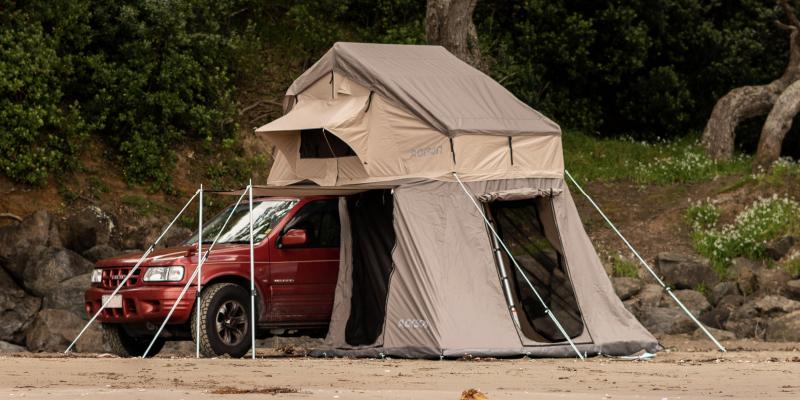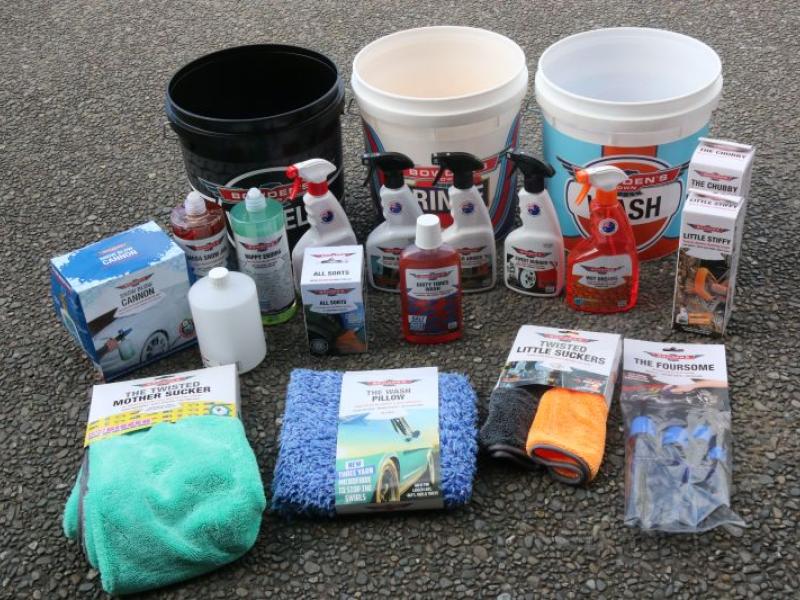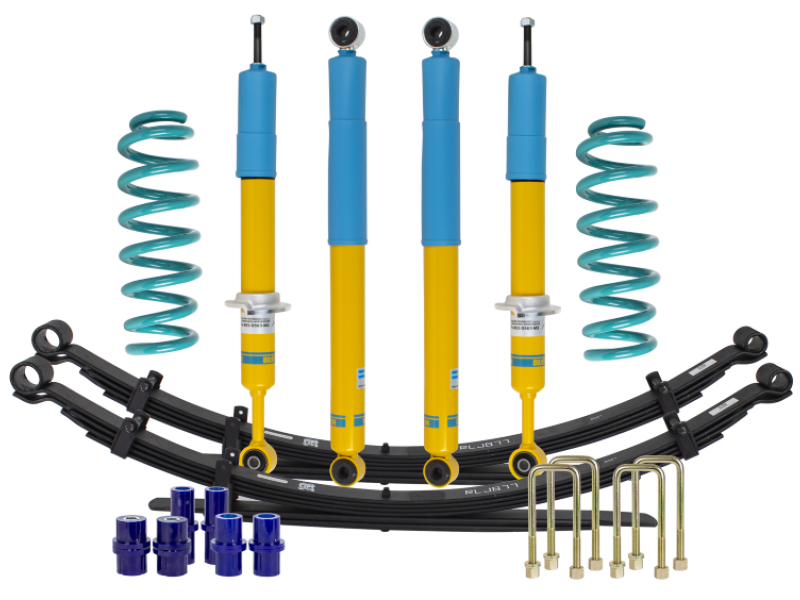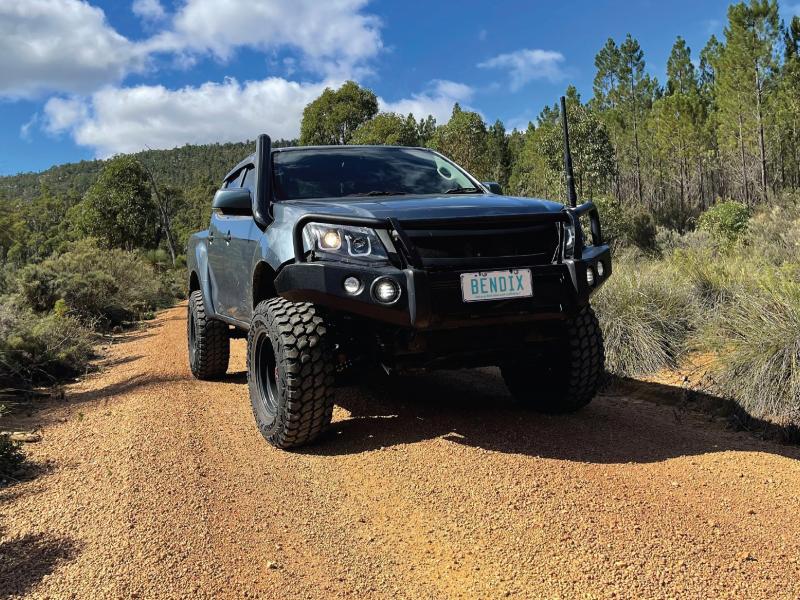Roof tents: soft shell or hard shell?
Roof tents. Perfect for classic Kiwi summer trips on or off-road. They offer comfort, convenience and camping fun.
Most rooftop tents seen in New Zealand camp grounds and in the wild are soft shell, but there’s a new breed of hard-shell tents around this summer. Intents Outdoors is the exclusive NZ importer of Orson Outdoors roof tents and Wildland Desert Cruiser tents.
Soft-shell tents are those bulky squares with a soft PVC cover. Most are a similar design that folds out to double in size, supported by a ladder on one side. They usually cost less than hard-shell tents but take longer to set-up and pack away.
Orson A2 soft-shell series tents are surprisingly roomy inside, with a footprint measuring 2.4 x 1.4m. They offer optimised headroom and have a low profile one-piece telescopic ladder. They’re built to last with heavy duty zips, stainless steel fixings, and a heavy-duty aluminium treadplate base. The option of an annex room below makes these tents equally suitable for couples and families.
Hard-shells are usually a mattress encased in a long ‘hard’ box with a lower profile than soft-shells. Some are made of long-lasting aluminium and some of ABS plastic and fibreglass. Some are pop tops while others have side or rear opening ‘clamshells’.
They’re usually more expensive than soft shells and may have less interior room but are quicker to set-up.
Desert Cruiser (DC2) hard shell tents are taking Australia by storm. They’re the most affordable aluminium hard-shell tents with features unmatched by pricier options. These innovative next-generation tents have a 60-second set-up and similar pack down time, the lowest profile on the market, and include two racks on top to carry gear. Tough weatherproof materials and construction methods offer protection against the elements and a unique hybrid floor design reduces weight and bulk.
The DC2 is available in 1.2m and 1.4m-wide versions with a range of accessories including an annex side room, a multi-function awning offering a covered living area and a detachable winter thermal insulator for extra warmth on colder nights.







